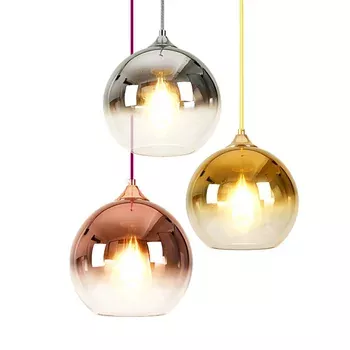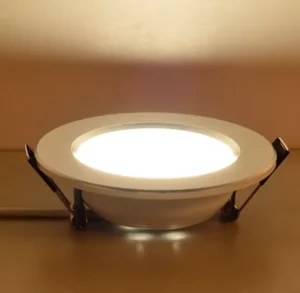
LED down lights are versatile fixtures that can be used in various settings to provide efficient and focused illumination.
Here are 12 types of uses for LED down lights:
1.Residential Lighting:
- Illuminate living rooms, bedrooms, kitchens, and hallways with LED downlights for general or accent lighting.
2.Commercial Spaces:
- Use LED down lights in offices, conference rooms, lobbies, and retail spaces for bright and energy-efficient lighting.
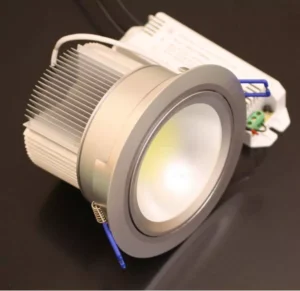
3.Task Lighting:
- Install LED down lights in kitchens, workshops, or reading areas to provide focused lighting for specific tasks.
4.Accent Lighting:
- Highlight artwork, architectural features, or decorative elements in homes or commercial spaces using directional LED downlights.

5.Recessed Lighting:
- Recessed LED down lights are ideal for creating a clean and modern look in ceilings, providing even illumination.
6.Bathroom Lighting:
- Use waterproof or moisture-resistant LED down lights in bathrooms for safe and efficient lighting in shower areas or above vanity mirrors.
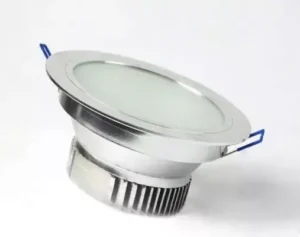
7.Outdoor Applications:
- Install weatherproof LED downlights in outdoor spaces, such as patios, decks, or gardens, for functional and decorative lighting.
8.Hallway and Corridor Lighting:
- Illuminate hallways, corridors, and staircases with evenly spaced LED downlights for a well-lit and safe environment.
9.Retail Display Lighting:
- Use directional LED down lights to highlight merchandise or create a specific ambiance in retail displays.
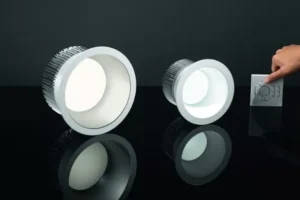
10.Restaurant and Hospitality Lighting:
- Enhance the atmosphere in restaurants, hotels, or bars with LED down lights to create a cozy or sophisticated ambiance.
11.Museum and Gallery Lighting:
- Illuminate art exhibitions or museum displays with carefully positioned LED down lights to enhance visibility without causing damage.
12.Energy-Efficient Retrofitting:
- Replace traditional incandescent or fluorescent lights with energy-efficient LED downlights to save on energy costs and reduce environmental impact.
When choosing LED downlights, consider factors such as color temperature, beam angle,
and dimmability to ensure they meet the specific lighting requirements of each space.

